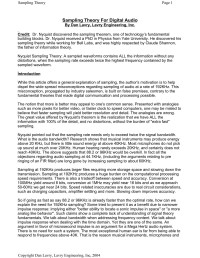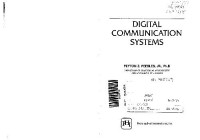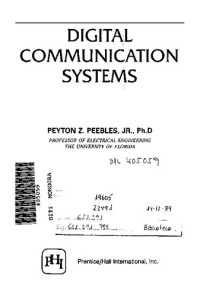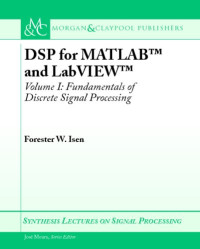
Sampling theory for digital audio (images missing in scan)
Dan LavryModerator note: this text originally had plots and diagrams that have become deranged in how they are displayed: tabs or spaces replaced with line returns and the like. The text itself is perfectly legible outside these technical plots.
Sampling Theory For Digital AudioBy Dan Lavry, Lavry Engineering, Inc.
Credit: Dr. Nyquist discovered the sampling theorem, one of technology’s fundamental building blocks. Dr. Nyquist received a PhD in Physics from Yale University. He discovered his sampling theory while working for Bell Labs, and was highly respected by Claude Shannon, the father of information theory.
Nyquist Sampling Theory: A sampled waveforms contains ALL the information without any distortions, when the sampling rate exceeds twice the highest frequency contained by the sampled waveform.
While this article offers a general explanation of sampling, the author's motivation is to help dispel the wide spread misconceptions regarding sampling of audio at a rate of 192KHz. This misconception, propagated by industry salesmen, is built on false premises, contrary to the fundamental theories that made digital communication and processing possible.
The notion that more is better may appeal to one's common sense. Presented with analogies such as more pixels for better video, or faster clock to speed computers, one may be misled to believe that faster sampling will yield better resolution and detail. The analogies are wrong.
The great value offered by Nyquist's theorem is the realization that we have ALL the information with 100% of the detail, and no distortions, without the burden of "extra fast" sampling.
Nyquist pointed out that the sampling rate needs only to exceed twice the signal bandwidth.
 Amazon
Amazon  Barnes & Noble
Barnes & Noble  Bookshop.org
Bookshop.org  转换文件
转换文件 更多搜索结果
更多搜索结果 其他特权
其他特权 
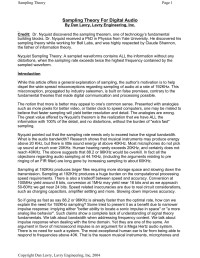

![Aikin, Jim [Aikin, Jim] — Power Tools for Synthesizer Programming: The Ultimate Reference for Sound Design (Power Tools Series)](https://s3proxy.cdn-zlib.se/covers200/collections/userbooks/6bb2b059983399b7cf1bac97aef1c03797d34c6bdc01df35bd912bca51389184.jpg)


